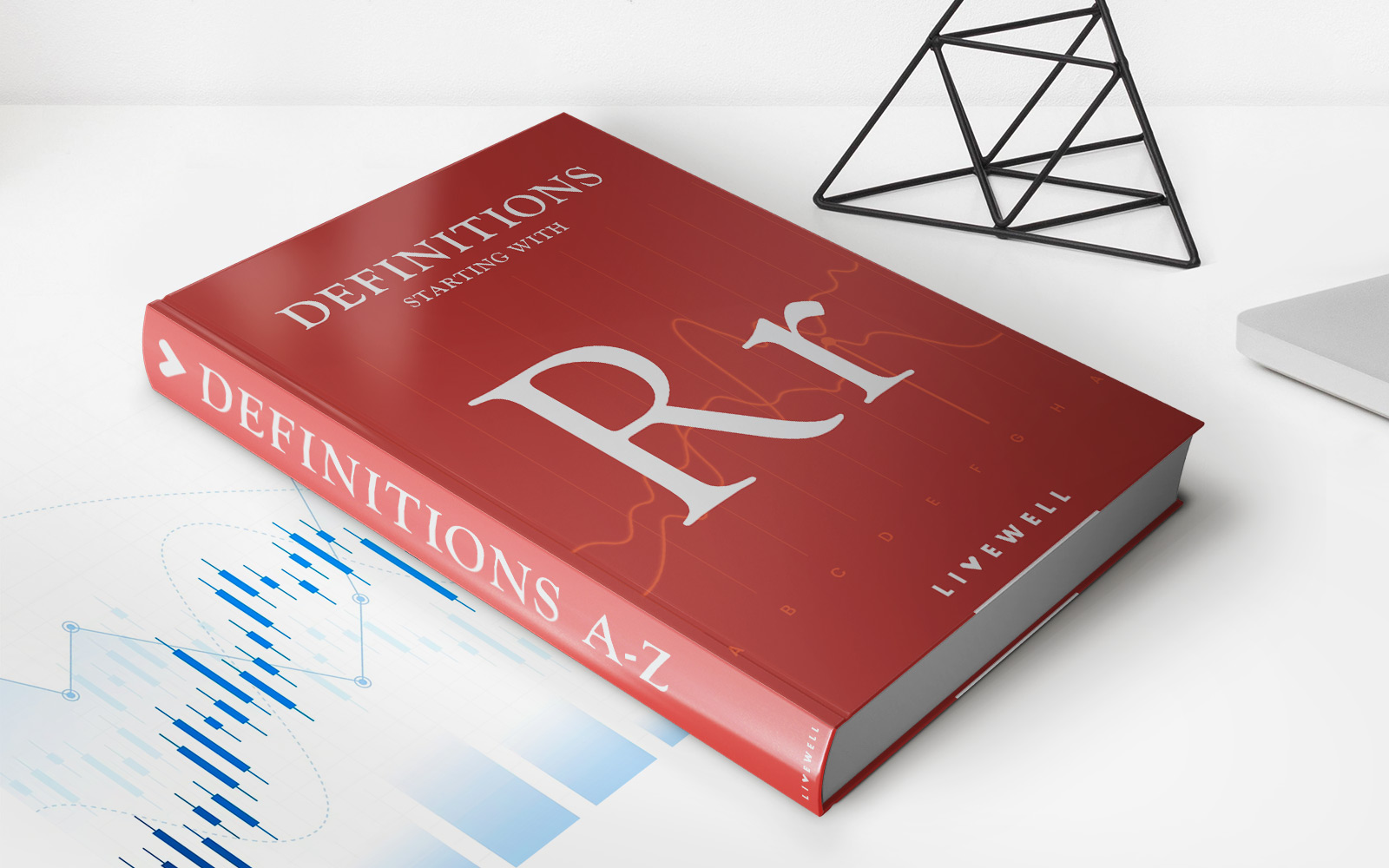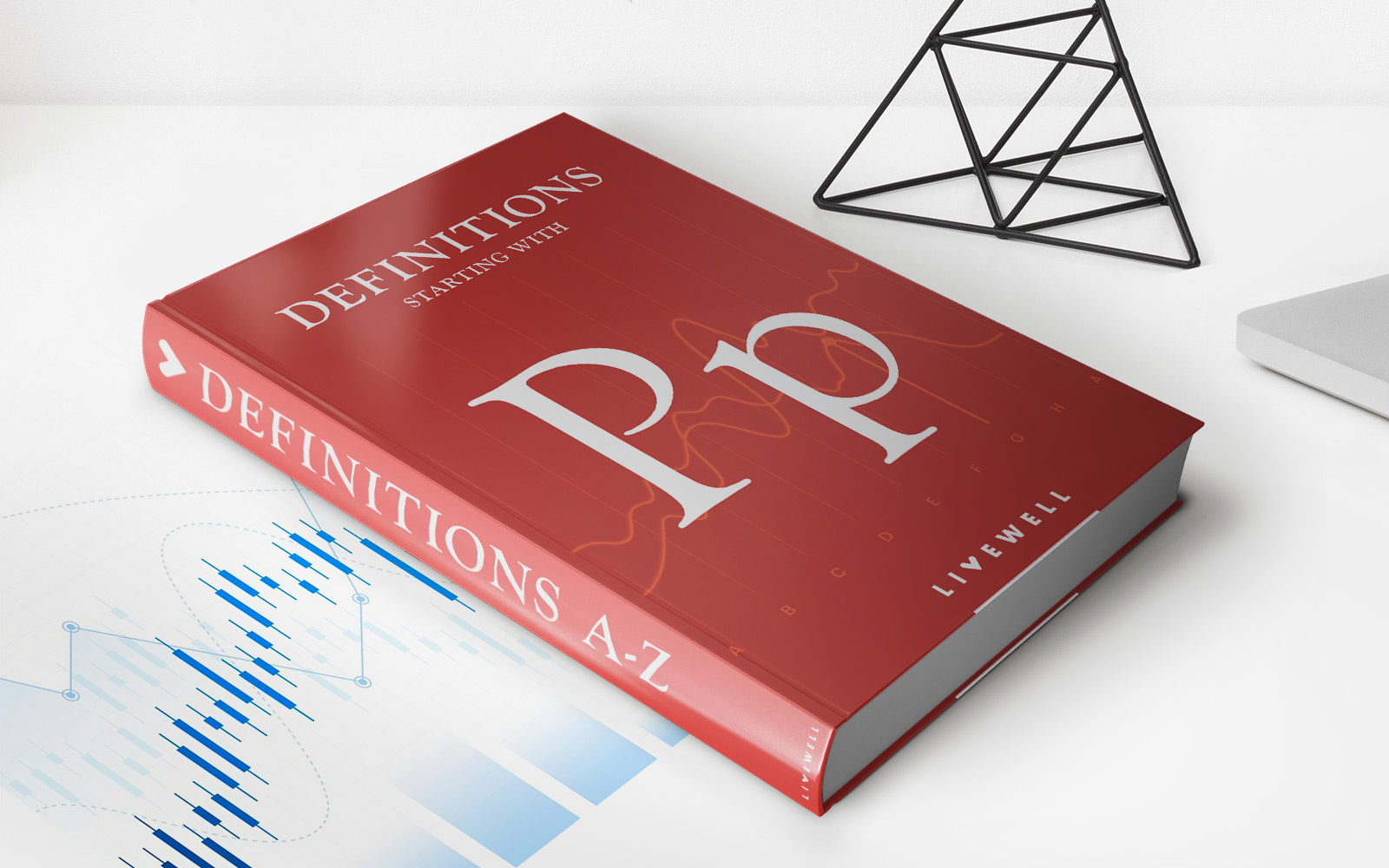Home>Finance>Internal Growth Rate (IGR): Definition, Uses, Formula And Example


Finance
Internal Growth Rate (IGR): Definition, Uses, Formula And Example
Published: December 11, 2023
Learn about the Internal Growth Rate (IGR) in finance, including its definition, uses, formula, and example. Discover how it can benefit your financial strategy.
(Many of the links in this article redirect to a specific reviewed product. Your purchase of these products through affiliate links helps to generate commission for LiveWell, at no extra cost. Learn more)
Internal Growth Rate (IGR): Definition, Uses, Formula and Example
Welcome to our FINANCE blog category! In this article, we will be delving into the concept of Internal Growth Rate (IGR). Whether you’re a finance professional or simply interested in understanding the dynamics of company growth, this is the perfect post for you. So, let’s dive in!
Key Takeaways:
- The Internal Growth Rate (IGR) is a financial metric used to calculate the maximum rate at which a company can grow its sales and assets without external financing.
- IGR helps businesses determine their sustainable growth rate and make informed decisions about reinvesting profits back into the company or seeking alternative sources of funding.
Now, let’s start by defining what Internal Growth Rate is and how it can be utilized by businesses for effective financial planning and decision-making.
Internal Growth Rate Definition:
The Internal Growth Rate (IGR) is a financial concept that measures the maximum growth rate a company can achieve using only its retained earnings (profits reinvested back into the business) and current asset base, without resorting to external financing such as debt or equity.
Uses of Internal Growth Rate:
The IGR provides businesses with valuable insights into their sustainable growth potential. Understanding the maximum rate at which a company can grow internally helps executives and managers make informed decisions about reinvesting profits, developing new products or services, expanding operations, and setting realistic growth targets.
Internal Growth Rate Formula:
To calculate the Internal Growth Rate, you can use the following formula:
IGR = (ROA * RR) / (1 – (ROA * RR))
Where:
- ROA represents the Return on Assets, which is calculated by dividing the company’s net income by its total assets.
- RR represents the Retention Ratio, which is the percentage of net income that is reinvested back into the company.
Example of Internal Growth Rate Calculation:
Let’s say Company XYZ has a net income of $1,000,000 and total assets of $5,000,000. The ROA would be 0.2 ($1,000,000 / $5,000,000) assuming a 20% return on assets. If the company has a retention ratio of 0.5 (50%), we can now calculate the Internal Growth Rate:
IGR = (0.2 * 0.5) / (1 – (0.2 * 0.5))
IGR = 0.1 / (1 – 0.1)
IGR = 0.1 / 0.9
IGR = 0.1111 (or 11.11%)
Based on this calculation, Company XYZ’s Internal Growth Rate is 11.11%, meaning they can sustainably grow their sales and assets by 11.11% annually using only their retained earnings and current asset base.
In conclusion, the Internal Growth Rate is a crucial metric for businesses to understand their growth potential and guide decision-making regarding financial planning and reinvestment strategies. By leveraging the formula and concepts we’ve discussed in this blog post, you can make informed choices to maximize your company’s internal growth. Remember to calculate your own IGR and explore opportunities for sustainable growth!














